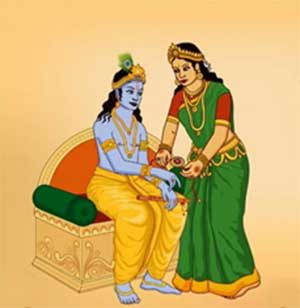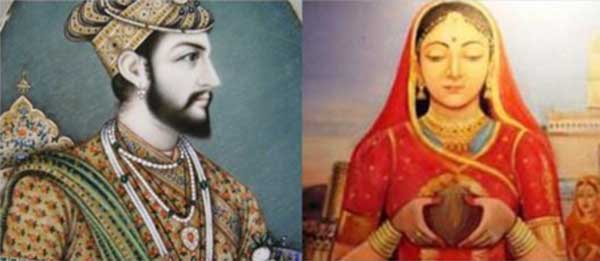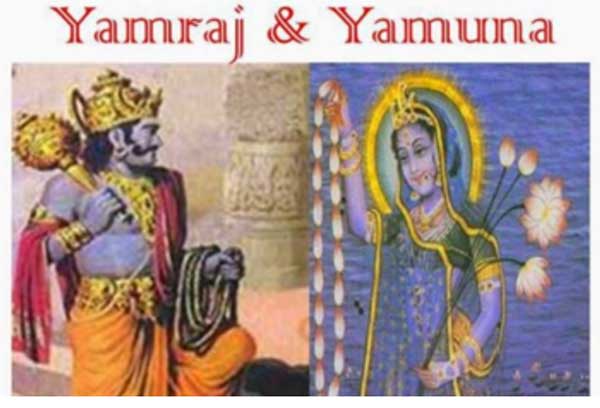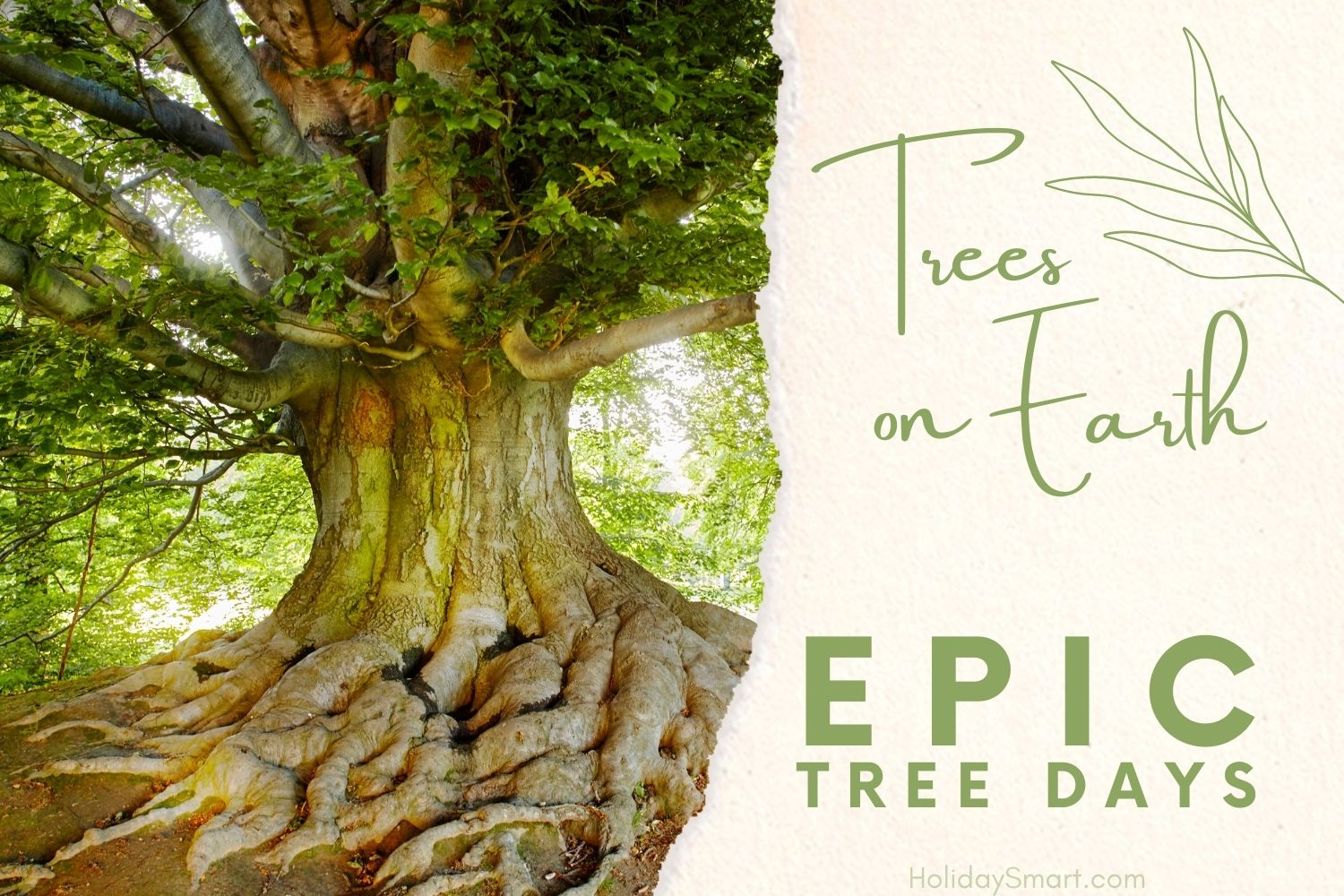Raksha Bandhan / Rakhi

In Hindu traditions, this day is popularly known to celebrate the love between brothers and sisters who may or may not be biologically related. Raksha Bandhan means protection of bond. It is a major Hindu Festival that marks the celebration of love between brothers and sisters. Sisters tie a sacred thread on their brother’s wrist to pray for his prosperity.
History of Raksha Bandhan
There are several stories related to why Hindus celebrate the auspicious occasion of Raksha Bandhan, each story has similar moral but different contexts. Below is the compilation of the most renowned stories related to Raksha Bandhan and why it is celebrated every year among millions of people.

The most believed and popular mythology legends are of Lord Krishna and Draupadi-the wife of the five Pandavas. On the day of ‘makar sankranti,’ Lord Krishna cut his little finger while handling sugarcane. His queen Rukmini immediately sent an official to bring a cloth to stop his blood. While Draupadi was looking at Krishna bleed, she cut a part of her sari and tied it on his finger to stop bleeding. In return, Krishna promised her that he will protect her and help her when required. That is the story behind a very renowned text of Mahabharata where Krishna helped Draupadi during her unceremonious disrobing. Krishna came and made her saree never-ending to save her from the embarrassment in front of rulers.
The other famous story is of Rani Karnavati and Emperor Humayun.

Karnavati was the official of Mewar after the death of her husband Rana Saga. She ruled in the name of her elder son Vikramjeet. Bhadur Shah of Gujrat attacked Mewar for the second time. He had already defeated Vikramjeet in the previous battle. The queen felt that she requires support from other kingdoms to defeat Bhadur Shah. She started looking for support from other kingdoms. Karnavati also wrote a letter to Humayun (Mughal empire) and sent him a rakhi to sought protection. During that time, the Mughal empire was in the middle of another military campaign when Humayun received the Rakhi. Unfortunately, Humayun could not reach on time and therefore the Karnavati army was defeated. The queen set herself on fire to avoid the indignity of falling in the hands of Bhadur Shah. Shah even though defeated Karnavati, was not able to go any further as Mughal empire reinforcements arrived soon after. Humayun then restored the kingdom to Karnavati son Vikramjeet.
The story of Yamraj (lord of death) and Yamuna (the river that flows in India).

The story is about the Yamuna when she tied Rakhi to Yamraj, The lord of death granted her immorality. He was so touched by the Yamuna gesture that he declared that if any sister who has tied a rakhi to her brother and promised to protect his sister would also become immortal.
The birth of Goddess Santoshi Maa is also related to the occasion of Raksha Bandhan. On the Auspicious day, Lord Ganesha's sister Manasa visited him to tie him a rakhi. On seeing this, Ganesha sons begin insisting on having a sister. On his son’s demand, Ganesha created Goddess Santoshi from the divine flame that is said to have emerged from his consorts Riddhi and Siddhi.
Another tale of 326 BC states the importance and significance of Raksha Bandhan till today. This story is about Alexander the Great invaded India, his wife, Roxana sent Porus a Sacred thread and requested him not to kill her husband Alexander. When Porus comforted Alexander, he refused to kill him in the honor of Roxana request. Even though Porus lost to Alexander, he still gained Alexander's respect and honor.




